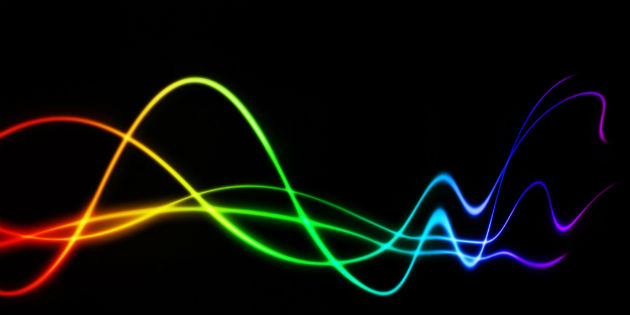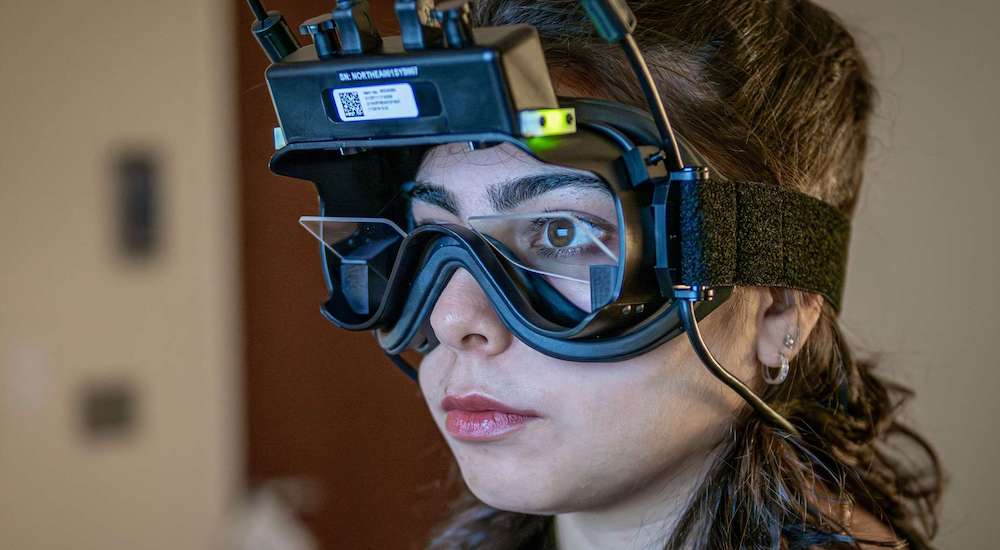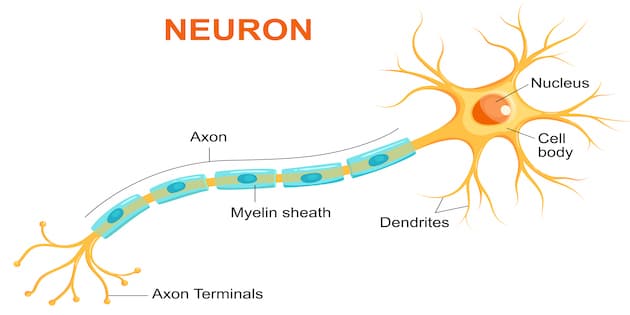Study on detection of the target speaker with concealed EEG
Study
Researchers from the University of Oldenburg, Germany, and the University of Oxford, UK, recently published the results of their study on how hearing aids could be improved with the integration of concealed electroencephalography (EEG) recordings.

Complex auditory environments pose a challenge to people with good hearing as they attempt to separate the target speech stream from the multiple masking sound streams. This ability is even more challenging for people with hearing aids because of the loss of certain auditory cues, such as pitch and timbre, from the target stream in the presence of the masking streams.
Studies have shown that the target speaker can be identified from cortical recordings in complex auditory scenes. The team of researchers therefore set out to assess whether “hearing aid users could benefit from a brain-computer interface (BCI)-guided selection of a to-be-attended speaker, which would in turn result in amplified processing of this stream, and hence facilitate listening.”
To do this, they enrolled 20 healthy, normal hearing participants in the study (mean age 24.8 years; 12 women/8 men). To test the tracking method, they developed flex-printed miniaturized EEG sensors, called the cEEGrid sensor array, which positions ten electrodes in a C-shape around the ear and enables long-term EEG acquisition, and implemented a competitive speaker paradigm.
While the participants were presented with two competing speech streams, two separate EEG recording systems were used for signal acquisition: a high-density cap-EEG system, and a wireless head-mounted EEG system coupled with the cEEGrid sensor technology.
Based on the results (cEEGrid ear-EEG capturing neural signals for identification of the attended speaker with 69.3% accuracy versus cap-EEG with 84.8% accuracy), concealed ear-EEG recordings have potential for use in the brain-computer interface steering of hearing aids.
Source: Mirkovic B, et al. Target Speaker Detection with Concealed EEG Around the Ear. Frontiers in Neuroscience 2016 Jul 27;10:349.



